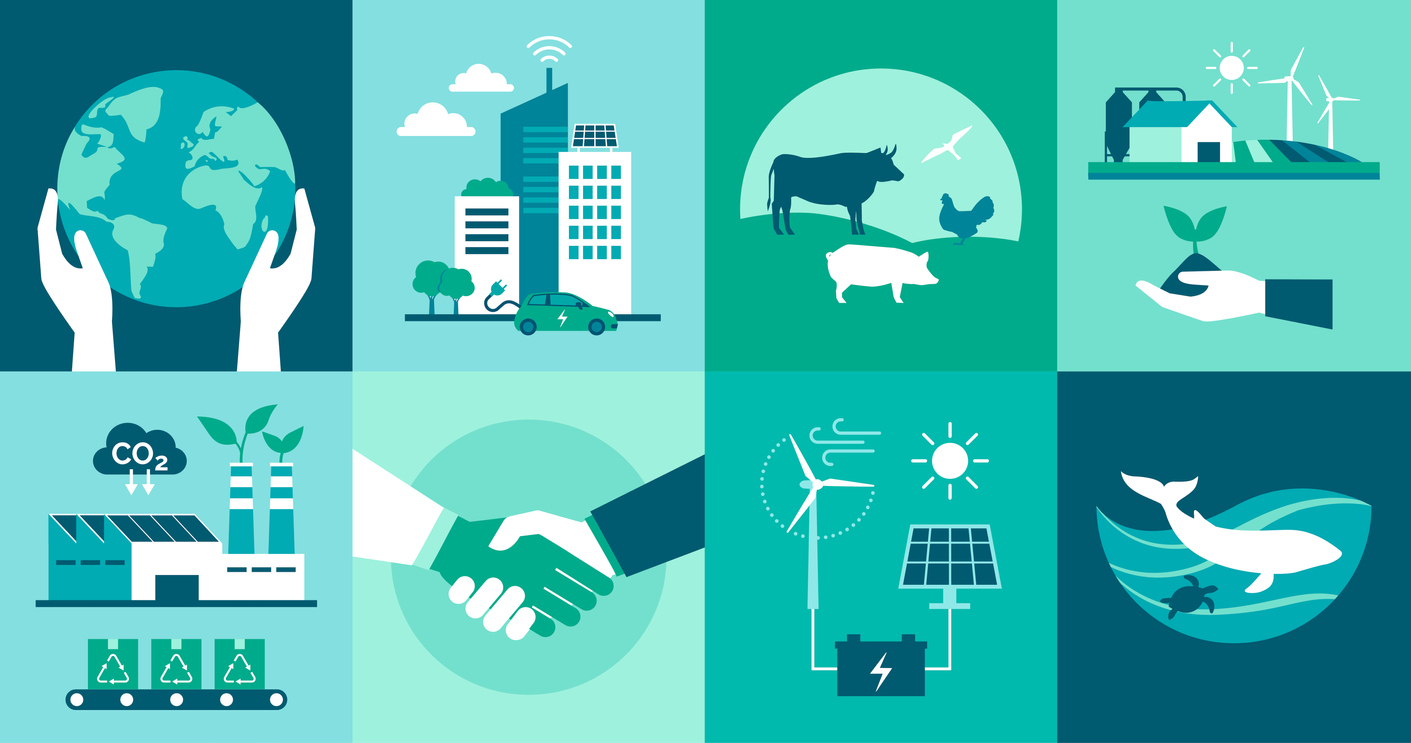A guide to understanding carbon accounting: the basics
Carbon accounting and reporting are essential in reducing greenhouse gas emissions and supporting the global transition to a low-carbon economy. However, because these concepts can be very complex and contain a lot of technical jargon, many business owners and operators may find them difficult to understand.
Carbon accounting and reporting are essential in reducing greenhouse gas emissions and supporting the global transition to a low-carbon economy. However, because these concepts can be very complex and contain a lot of technical jargon, many business owners and operators may find them difficult to understand.
In order to measure your company’s CO2 emissions, you need to keep track of the amount of CO2 your company produces directly through combustion or indirectly through electricity consumption. If your company operates in one of several key industries, such as manufacturing, mining, or transportation, you likely need to comply with additional greenhouse gas (GHG) reporting standards. This article introduces you to carbon accounting and reporting – the main methods of measuring carbon emissions and how to document them for third parties. Read on to find out more.
What is coal accounting?
Carbon accounting is the process of measuring and analysing greenhouse gas emissions by calculating the amount of carbon dioxide (CO2) produced. Many companies today use carbon accounting systems to track their emissions and identify the most cost-effective ways to reduce them. Carbon accounting is also the process of tracking and recording emissions from a specific activity. The result of this tracking and recording process is often referred to as a carbon footprint.
Carbon accounting is important to understand how business activities affect the environment and whether they can be regulated. It can be used to monitor greenhouse gas (GHG) emissions and other environmental impacts. Most of these greenhouse gas emissions come from power and fuel generation, industrial processes, dense rack servers, data centres, agricultural processes, and the extraction and transportation of raw materials.
types of carbon accounting
There are two main methods of measuring and monitoring carbon emissions: accounting and auditing. Accounting is typically used when someone wants to track their carbon emissions. On the other hand, audits are used when a third party wants to examine your emissions, for example if you work in an industry that has to report its greenhouse gas emissions.
When calculating your emissions, accounting methods are generally preferred over verification methods as they are much easier to perform and report. The accounting method is based on the concept of carbon intensity – the amount of CO2 emitted per unit of production. Accounting methods often involve assumptions about the future impact of emissions on society.
The audit methodology quantifies actual emissions using a standardized approach. It is important to understand that these metrics can only be used to compare the performance of one company versus the performance of another company. They cannot be used to predict the future.
Define key terms and vocabulary
Carbon Footprint: A measure of the amount of CO2 emitted by an activity or product.
Carbon intensity: the amount of CO2 emissions per unit of production. For example, if you create 10 widgets and take an hour to do it, your carbon intensity is 10 widgets per hour.
Carbon Offset: A reduction in carbon emissions in one location due to an increase in emissions elsewhere.
Carbon sink: Environmental process (e.g. carbon storage in the soil) that removes CO2 from the atmosphere.
Carbon Tax: Tax on the carbon content of fuel or electricity.
Carbon trading: A market-based approach to reducing carbon emissions in which one party purchases the right to emit carbon emissions, while the other party either reduces its emissions or purchases the right to maintain its emissions at current levels.
Basics of greenhouse gas reporting
If your company operates in one of several key industries, such as manufacturing, mining, or transportation, you may need to comply with additional greenhouse gas reporting standards. These industries are responsible for a large part of the world’s emissions and it is important that they reduce their greenhouse gas emissions as much as possible.



